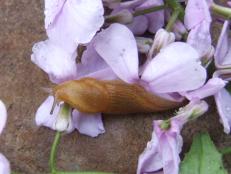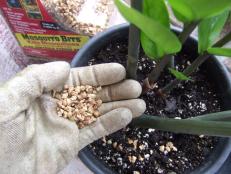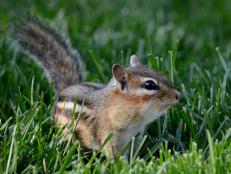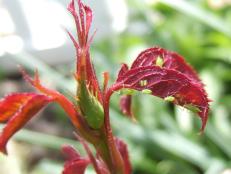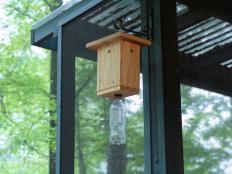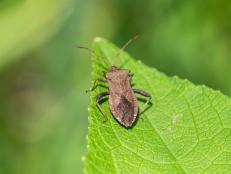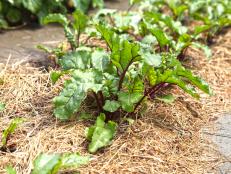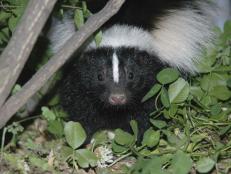Gardening Q & A: Beneficial Insects and more
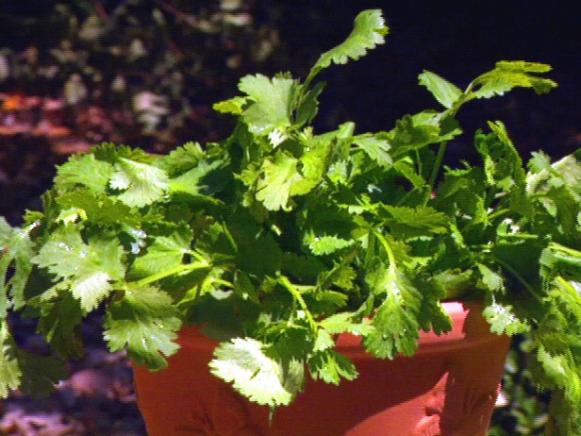
Q. Are dragonflies considered beneficial insects?
A. Dragonflies are extremely beneficial, and so are their smaller cousins, the damselflies. Sadly, however, both exist for a short 24 hours in the adult stage, but during that time they devour all kinds of critters, especially mosquitoes. And who doesn't enjoy watching them dart about in their quick, zigzag flying patterns?
Q. What's the most beneficial insect?
A. Frankly, I'm not aware of any research that actually answers that question. I suppose it may be lady beetles, but wasps also destroy a good many pests in the garden. However, if I could modify your question to what's the most beneficial arthropod--the group (phylum) that includes insects and arachnids — then the answer would be simple: Spiders are the unsung heroes in the garden. And their numbers are staggering. In fact, in only one acre, there can be as many as two million spiders.
So please don't destroy spiders. Instead, encourage them by mulching your garden beds and by avoiding the use of all garden chemicals, both synthetic and organic. Of course, you'll want to steer clear of poisonous spiders, and there are only two poisonous spiders in the U.S., the black widow and brown recluse and they rarely inhabit cultivated areas.
Q. Why do you call organic products chemicals?
A. Organic products are often referred to as chemicals because they are. Decades ago, the founders of the organic gardening movement sought to distinguish between synthetic products and manmade chemicals with those made from all-natural ingredients by calling the former "chemicals" and the latter "organics," but that's silly. The fact is that all gardening products — from pesticides and fertilizers to herbicides, regardless of how they're made or the ingredients they contain — are derived from chemicals. And that's why I refer to them as such.
Q. What's the difference between an herb and a spice?
A. Generally speaking, the herb comes from the leafy portion of the plant, while a spice comes from the bark or the seeds. However, some plants have dual personalities. Take dill for instance. The herb comes from the leafy portion. But later on, the plant produces seeds that can be used as spice.
Q. If exposed to poison ivy or poison oak sap, what should I do?
A. First, wash the affected area really well with a very strong soap, or use one of the relatively new commercial formulations made specifically to dissolve the sap of poison oak and poison ivy. If that's not possible, then wash the area with a solution made from two tablespoons vinegar and one cup of water or a 50-50 solution of alcohol and water. Remember to wash with cold water because hot water will open the pores of the skin and allow the sap to enter more easily. Chances are that you'll still develop the familiar and annoying rash. But if you react quickly, it will be less severe.
Q. What is piperonyl butoxide, and why is it found in so many organic insecticides?
A. Piperonyl butoxide, or PBO, is derived from sesame and it's used as a synergist in many different all-natural insecticides. Synergists don't have any insecticidal effects of their own, but they do enhance the overall insecticidal effects of many all-natural insecticides — in particular pyrethrine, rotenone and citrus oil derivatives. However, PBO is somewhat controversial because of fears it may affect the human nervous system. As a result, its use is typically not allowed on food crops that are certified to be organically grown.
Q. Which state has the greatest native plant diversity?
A. That's a very interesting question, and I had to do a fair amount of research to come up with an answer. But California takes the prize with a whopping 5,889 native plant species, followed by Texas with 4,663. And the state with the least amount of native plant diversity is North Dakota.







